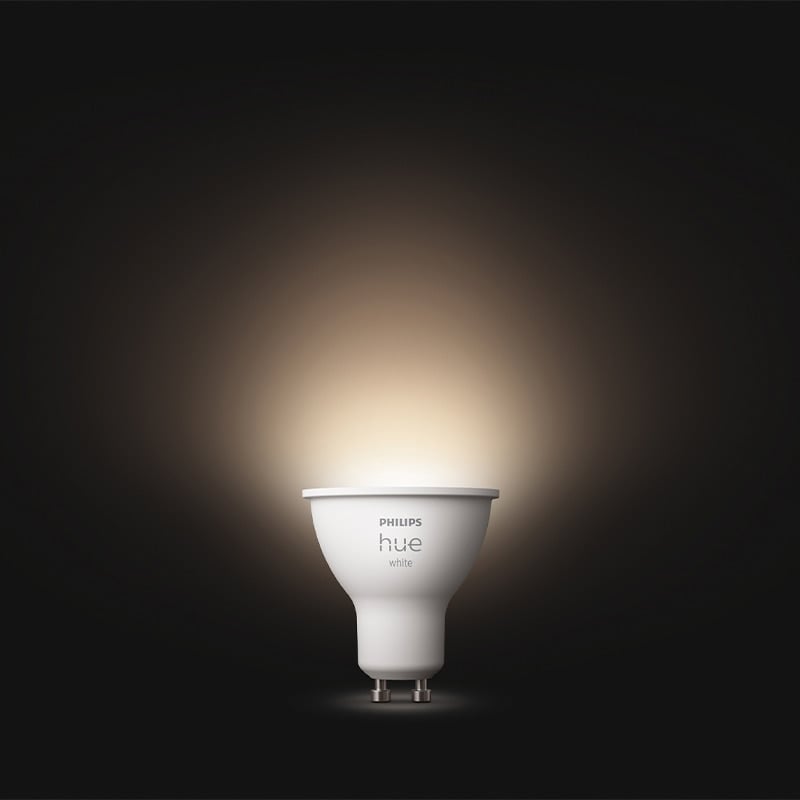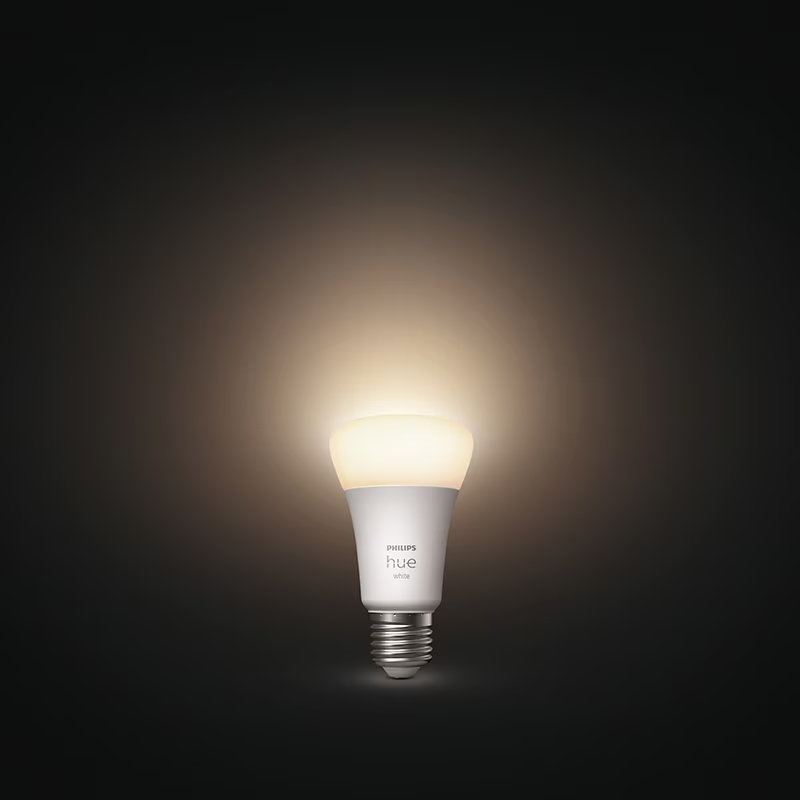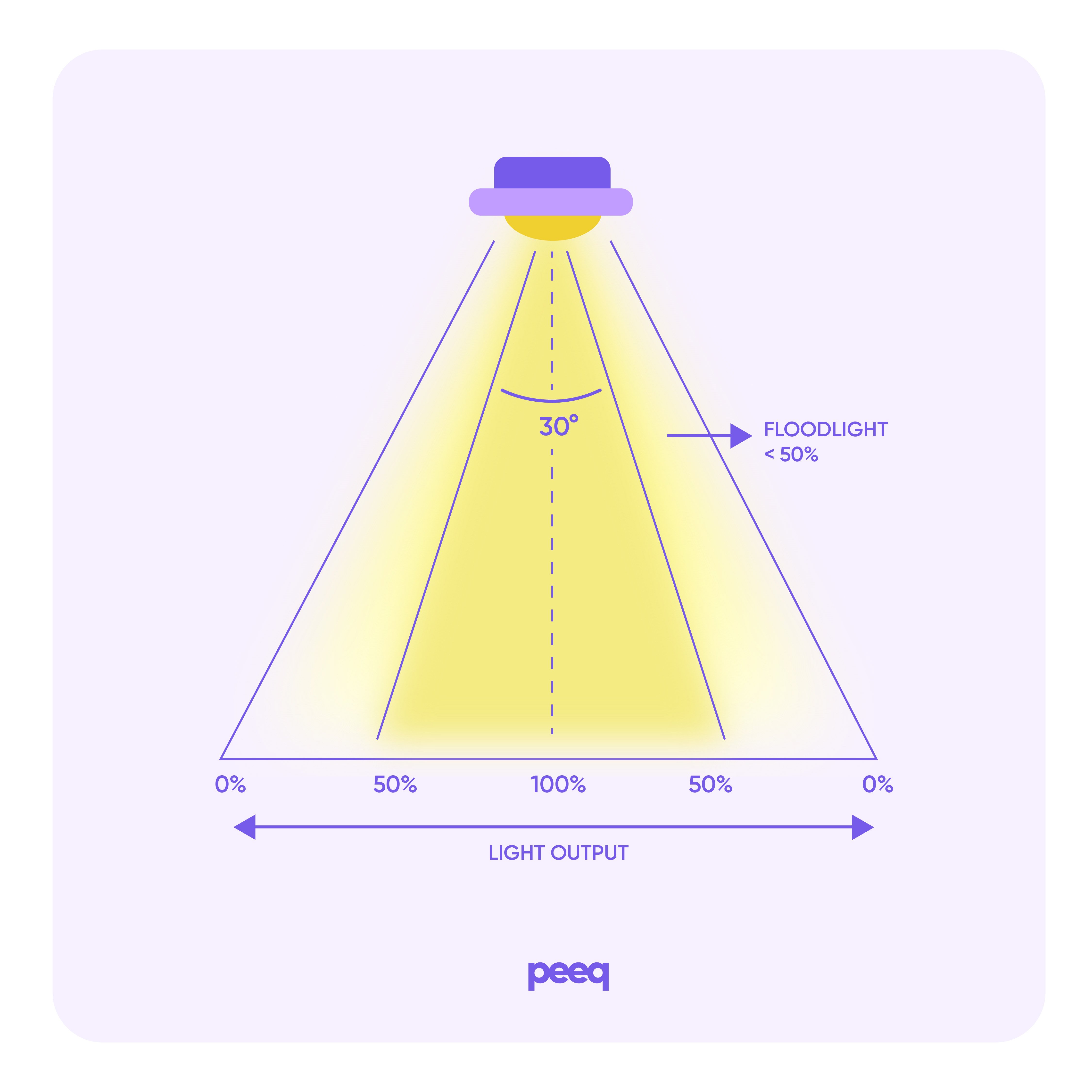Yes, in many cases, you can simply replace your bulbs separately, one by one. We guide you through the most important steps for selecting replacement LED bulbs for most commonly used fittings. If your bulbs require a voltage level other than the usual 230V, some additional elements need to be taken into account.
Replacing your existing incandescent or halogen bulbs with durable LED bulbs offers numerous benefits. You enjoy an even better light performance and benefit from very low energy consumption. Furthermore, LEDs can handle all hues of white light, so the warm yellowish light of halogen bulbs is perfectly within reach!
1. Which bulb fitting do you have?
The fitting or bulb base is the part of the bulb that fits into the holder of the lighting device. Some bulbs have a screw thread that allows you to screw the bulb into the bulb holder (e.g. E27). Other bulbs have two little pins below (e.g. GU10), where you have to give the bulb a quarter turn to fix it in the holder.
Since E27 and GU10 are by far the most commonly used bulb fittings, we provide replacement LED bulbs for these situations. E27 bulbs and GU10 spotlights always run on 230V and in most cases, these can be replaced separately.


Usually, in case of E27 bulbs, the classic shaped (classic) or spherical (spherical) bulbs are chosen. If the bulb itself is a visible and a decorative part of you lighting, the Edison and Globe bulbs are an attractive option.
In case of GU10, the classic (QPAR51) shape is by far the most common.
Do you have a different fitting and are not sure which LED bulbs can or cannot be used for this? Please contact our customer service, they know the range inside out. You can also read more about the different bulb fittings on our blog.
12V bulbs cannot be replaced 1 on 1 with their LED variant, as they are powered by a transformer. Older halogen transformers are not always suitable to drive the more economical LED lights, so it is important that the transformer used is compatible. Otherwise, there is a risk that your lamps will not work correctly and their lifespan will be shortened.
If you would like to be sure whether your lamps can be replaced by LED, please contact our customer service.
If you have GU5.3 (MR16) lamps, you can usually easily replace them for GU10 spots by replacing the socket and taking out the transformer. After all, they are the same size. In some cases, it is even possible to use an LED module.
If you are in doubt or still have questions, please contact our customer service.
Caution! Always have these works carried out by a qualified electrician.
2. Do you want to be able to dim the lamps?
Adjusting the light intensity to the needs of the moment is no luxury in most multifunctional rooms. After all, you need more light for office work than for a cosy dinner. For each lamp on our website, the technical details indicate whether it is dimmable or not. Be sure to check it out if this is a requirement for you.
3. Choose a colour temperature (light colour)
LED has meanwhile evolved in such a way that it can handle all colours of white light. LED lamps can emit both warm white (2800 to 3000 Kelvin) and cool white (4500 Kelvin) light. Halogen and incandescent bulbs, on the other hand, are limited to warm white light temperatures.
Often the information provided for the LED bulb specifically mentions the colour temperature of the bulb. If this is not mentioned, you can derive this information from the Kelvin value based on the table below.
4. Determine the required light output
People often look at the wattage to deduce how much light a lamp gives. However, wattage is the unit of energy consumption, not light output.
LED bulbs are much more efficient in terms of wattage consumed than halogen or incandescent bulbs. The light output of an LED lamp is much higher. With about five times fewer watts, an LED bulb can provide as much light as a halogen bulb. Usually, the packaging of LED bulbs does state a fairly accurate replacement wattage. Moreover, there are often differences in the amount of light per unit watt between LED lamps, so wattage is not the best reference.
To compare different light sources in terms of light output, it is best to look at the lumen value. Lumen is the unit of luminous flux, the total amount of light emitted by a light source. Depending on the use purpose of a room, you choose the light output of the LED lamp.
5. Choosing the opening angle for spotlights
Spotlights always come with a specification of the opening angle. The opening angle indicates the extent to which the light is distributed by a light source. The smaller the opening angle, the more directed and focused the light output. Small opening angles are usually used for accent lighting, whereas larger opening angles are more suitable for general lighting.

Order LED lamps easily online
Now that you know what to consider, nothing stops you from enjoying all the benefits of energy-efficient LED lamps right away. In our huge collection, you are sure to find the perfect LED lamps to replace your current halogen or incandescent bulbs. Order today at dmlights and get your bulbs delivered safely to your home soon.
